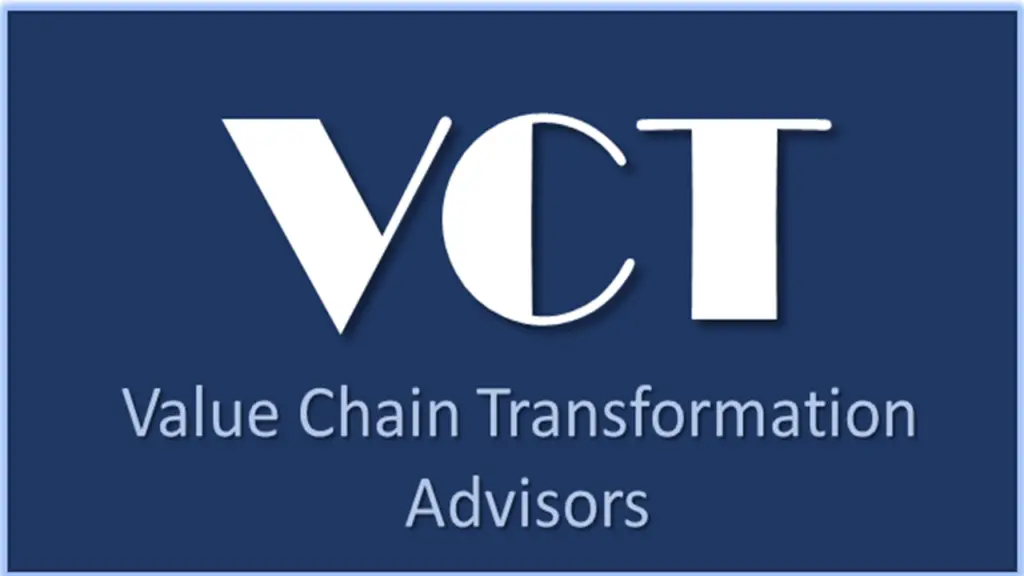Disruptions aren’t just frequent in today’s supply chains; they’re progressively becoming more volatile and complex. The once-stable, predictable rhythm of global commerce we knew is fast turning into a relic due to geopolitical tensions, rapid technological advancements, and unforeseen black swan events.
Given this new level of uncertainty, business success demands enhanced agility. Business composability transforms agility from theory into operational reality. It allows organizations to build supply chain designs that flex and adapt as swiftly as these external forces demand, all without sacrificing core resilience.
What is Business Composability?
Business composability is a supply chain design framework that involves structuring an organization’s core capabilities (such as supply chain processes and technology) as interoperable, modular components. These components can be discovered, combined, reconfigured, and scaled to adapt to changing needs without disruptive overhauls.
To build a truly composable business, an organization must adhere to the following principles:
- Modularity: Composability breaks down complex business functions (e.g., market demand forecasting, inventory allocation, logistics routing) into smaller, self-contained, reusable components.
- Autonomy: Each module delivers value without reliance on any central control system. This allows users to upgrade, replace, or modify individual components without triggering system-wide downtime and risk.
- Orchestration: Orchestration standardizes and automates connections between various components to ensure they exchange data and collaborate.
- Discovery: For composability to be truly effective, components must be easily discoverable and accessible for reuse across different processes.
So, how does business composability differ from traditional supply chain designs? In traditional models, organizations have all-in-one digital experience platforms. For example, you’ll find that the forecasting, inventory management, and supplier communications systems run on a single platform. This monolithic supply chain design means changes to one part impact the entire system.
Composability allows organizations to break free from these supply chain woes. Each component is independent, yet fully integrated, creating the flexibility to:
- Upgrade or improve components individually (maintaining operational stability).
- Integrate new capabilities, such as advanced artificial intelligence (AI) or specialized modules, alongside proven systems.
- Reconfigure business processes rapidly in response to disruptions or opportunities.
The outcome? Supply chains turn into dynamic, modular engines that evolve faster than the chaos around them.
Key Benefits of Business Composability
Business composability offers benefits that directly address supply chain complexity, such as:
- Increased Agility: Composable systems enable faster responses to market changes, evolving customer needs, and unexpected events. For instance, instead of a major system overhaul when customer demands shift, you can simply reconfigure existing components or add new modules to address emerging needs.
- Faster Innovation: With a composable supply chain management system, organizations can independently experiment with new features, processes, or business capabilities before integration. This modular approach dramatically reduces the time from concept to implementation and allows you to fine-tune new features before integrating them into your working system.
- Improved Efficiency: Composable architectures allow data sharing across multiple components. Your customer demand planning component, for example, can serve both your inventory optimization and production scheduling functions. This eliminates redundant functions. At the same time, modularity enables organizations to optimize each component to maximum efficiency.
- Enhanced Resilience: If one component fails or needs to be updated, it doesn’t bring down the entire system. With a system like GAINS, you can simulate scenarios and create appropriate contingency plans to ensure future resilience.
- Reduced Costs: With composable systems, you can leverage existing investments (legacy enterprise resource planning, WMS, TMS) by composing new capabilities around them via APIs to reduce development and maintenance costs. Moreover, the modular nature of composable systems means you only pay for the capabilities you need, when you need them.
Technological Enablers of Composable Supply Chains
Turning composability into reality requires a supply chain solution with the following key technologies:
Microservices Architecture
Microservice business architecture breaks down complex applications into a collection of small, self-contained services, each responsible for a single business capability. These independent services facilitate business-wide modularity.
APIs
APIs provide standardized interfaces that allow different microservices, legacy systems (such as ERP or TMS), and third-party applications (such as market data feeds) to communicate and exchange data seamlessly. In other words, APIs offer the interoperability necessary for orchestration.
Headless Architecture
This supply chain technology separates the backend business logic and data layer (the “body”) from the frontend customer experience (the “head”). Consequently, different operational teams access and interact with data across different touchpoints through customized interfaces that suit their specific needs without disrupting core supply chain logic.
Role of AI and Data-Driven Decision-Making
Modular architecture provides the structural framework organizations need to reconfigure operations, while AI transforms raw data into actionable insights that guide these reconfigurations in real-time. AI and data:
Enhance Predictability in Supply Chain Management
AI, especially Agentic AI, can be embedded within specific modules to analyze patterns, predict outcomes, and recommend actions. For instance, with GAINS’s Agentic AI, you can set up a demand sensing AI agent to specifically analyze, learn, and predict customer demand based on patterns in real-time market trends and social media sentiments. This eliminates guesswork in demand planning, enabling you to optimize safety stock while maximizing service levels and customer satisfaction.
Moreover, modularity in a composable enterprise means you can start small and scale gradually. You might begin by implementing AI-powered demand sensing in a single product category or geographic region, then expand successful models to other areas. This incremental approach reduces implementation risk while allowing you to build confidence and expertise in AI automation tools.
Optimize Operations through Advanced Analytics
A composable supply chain generates a torrent of data from packaged business capabilities such as your customer relationship management software. And thanks to orchestration, this data flows freely in your tech stack, creating a unified, real-time, end-to-end view of the entire network.
AI analytics steps in to extract meaning, identify patterns, and predict future outcomes from this data. For instance, GAINS Decision Engineering & Orchestration (DEO) capability ensures these insights are integrated into workflows to enable smarter, automated decisions.
This transforms the raw customer data that would have otherwise gone unused into actionable intelligence that empowers key decision makers to:
- Optimize routes for efficiency
- Detect and act on unusual patterns that might indicate market shifts in real-time
- Identify customer support bottlenecks before they become critical
Implementing Composable Supply Chains: What You Need to Know
To successfully implement a composable supply chain, companies must balance ambition with practicality. Here’s how to strike this balance:
Perform a Thorough Assessment
Transitioning from monolithic to composable supply chain management begins with a thorough assessment of your current state. Audit current capabilities to identify where rigidity causes the most pain or where innovation is needed. Also, define your desired outcome.
These steps provide the foundation for your implementation roadmap and increase your ability to achieve real business value. Consider starting with processes that are relatively independent, such as order management. Success in these areas builds confidence and expertise that can be applied to more complex processes later.
Establish Modularity and Autonomy in Supply Chains
Modularity makes supply chain components more reliable, maintainable, and reusable across different contexts. Autonomy, on the other hand, ensures these specialized components deliver value independently and can be updated, replaced, or scaled without affecting other parts of your system.
Define the responsibilities for each module, and create interfaces with minimal dependency on other components to achieve modularity. For autonomy, establish clear data ownership, service boundaries, and content management protocols that prevent tight coupling between components.
Invest in Orchestration for Seamless Integration
Orchestration ensures that the multiple, modular, and autonomous models you just created work harmoniously. Therefore, invest in a tool with a powerful orchestration layer, such as the GAINS DEO platform, for data governance and decision logic management between components.
Driving Scalable Supply Chains with GAINS
GAINS provides you with the modular, intelligent components you need to maximize the potential of a composable business framework. Our platform integrates autonomous AI agents that you can customize into specific modules to tackle business-specific challenges with ease. It also boasts microservices and APIs that plug into your ecosystem, enhancing capabilities without disruption.
Schedule a demo to explore how our composable platform drives positive supply chain performance.



